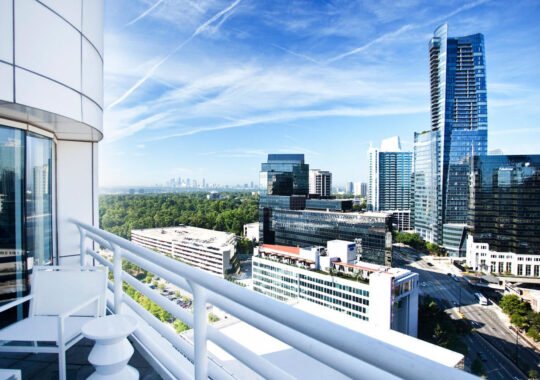The term Costa del Sol is not an old one, although sunshine has been a part of life in this magical part of Spain’s Mediterranean coast for many thousands of years. This part of Andalucía was first called the Sunshine Coast, or Costa del Sol, in 1929. That was when the Ibero-American exhibition was held in the city of Seville. Apparently, the first person to use the term in a public context was an Austrian diplomat who loved to travel along the coast here. Whilst he probably meant a much larger area, the term is now generally taken to refer to the coastline of the Malaga region.
English Influence
Many point to the arrival of ‘the Englishman’, George Langworthy, as the incident that really triggered the tourist revolution in this part of Spain. He and his wife bought the castle of Santa Clara in the late 19th century, later converting it into a hotel for foreign visitors. A few years later, Carlota Alessandri Tettamanzy would convert a property she owned into the Parador de Montemar. Another venue, the Hotel La Roca, would open shortly afterwards. These three hotels, frequented by foreigners who were often seen as having eccentric habits by locals, would form the basis of the tourist industry of the Costa del Sol.
By 1959, though, when the Hotel Pez Espada opened in Torremolinos, tourism in the region was beginning to become a serious proposition. Celebrities began to be spotted in Torremolinos, enjoying the sunshine and relaxed lifestyle of the region. Other towns in the area began to develop modern tourist infrastructures as the 1960s and ’70s went on, with increasing numbers of film stars being seen on the beaches and in the streets of local towns, such as Marbella.
Movie Star Magic
Undoubtedly, the fact that so many films were shot in southern Spain during this period helped to cement the Costa del Sol’s reputation as a glamorous tourist destination. Puerto Banus grew rapidly as a place where yachts and other vessels associated with the more glamorous aspects of tourism could moor. Ordinary people as well as celebrities were beginning to visit in great numbers too, triggering a massive expansion in facilities throughout the 1970s.
The eastern part of the Costa del Sol began to grow in popularity with tourists in 1959 when a huge cave was discovered in the nearby region of Maro. This saw the town of Nerja grow massively, with the increase in tourist infrastructure here mirroring that which had taken place in the rest of the area. The cave is now used for an international annual arts festival, whilst many visitors come to this part of the Costa del Sol for its wonderful natural beauty and coastal landscapes.
The Costa del Sol is a very different place from what it was in 1950, but it still retains its magic through all the tourist development. With around 300 days of sunshine to enjoy every year, there is little wonder visitors still flock here in their millions.
David Rees is a travel writer who has lived in Spain for many years, though he is originally from Devon in south western England. He writes reviews of resorts such as Club La Costa, as well as providing a whole host of other material to websites and blogs.





